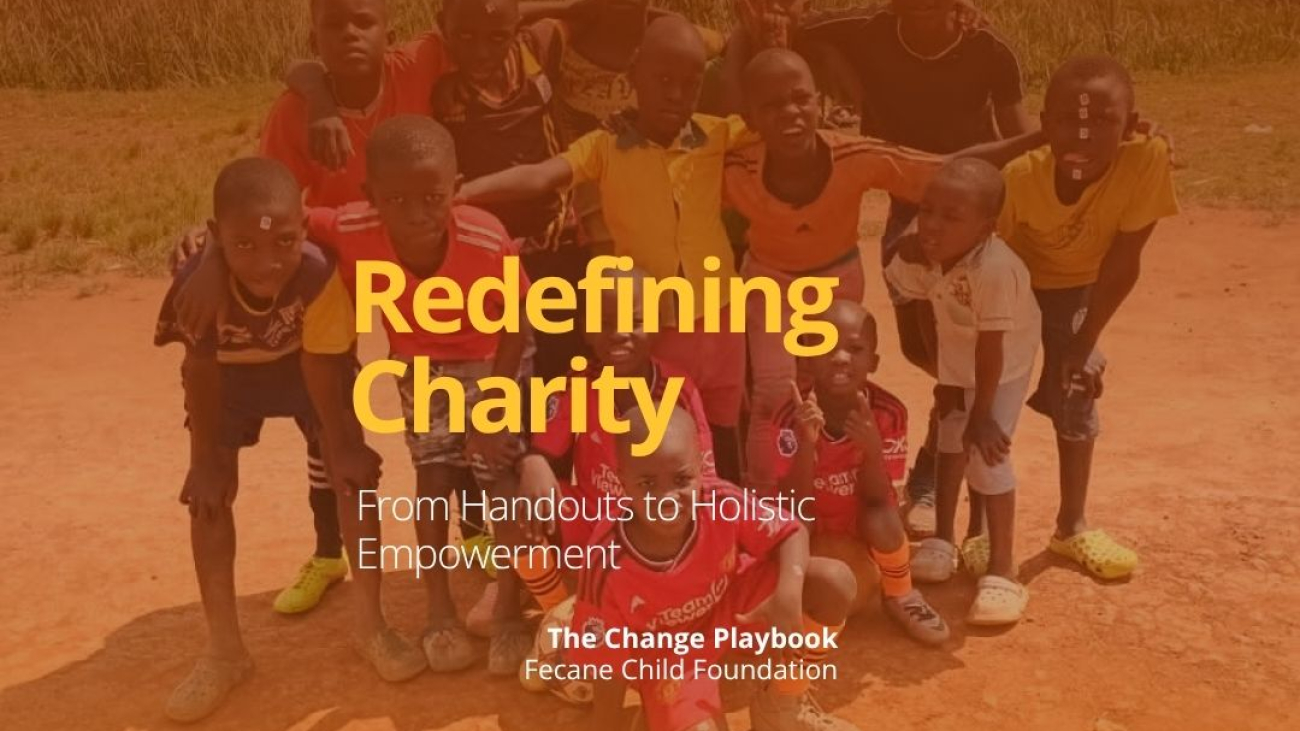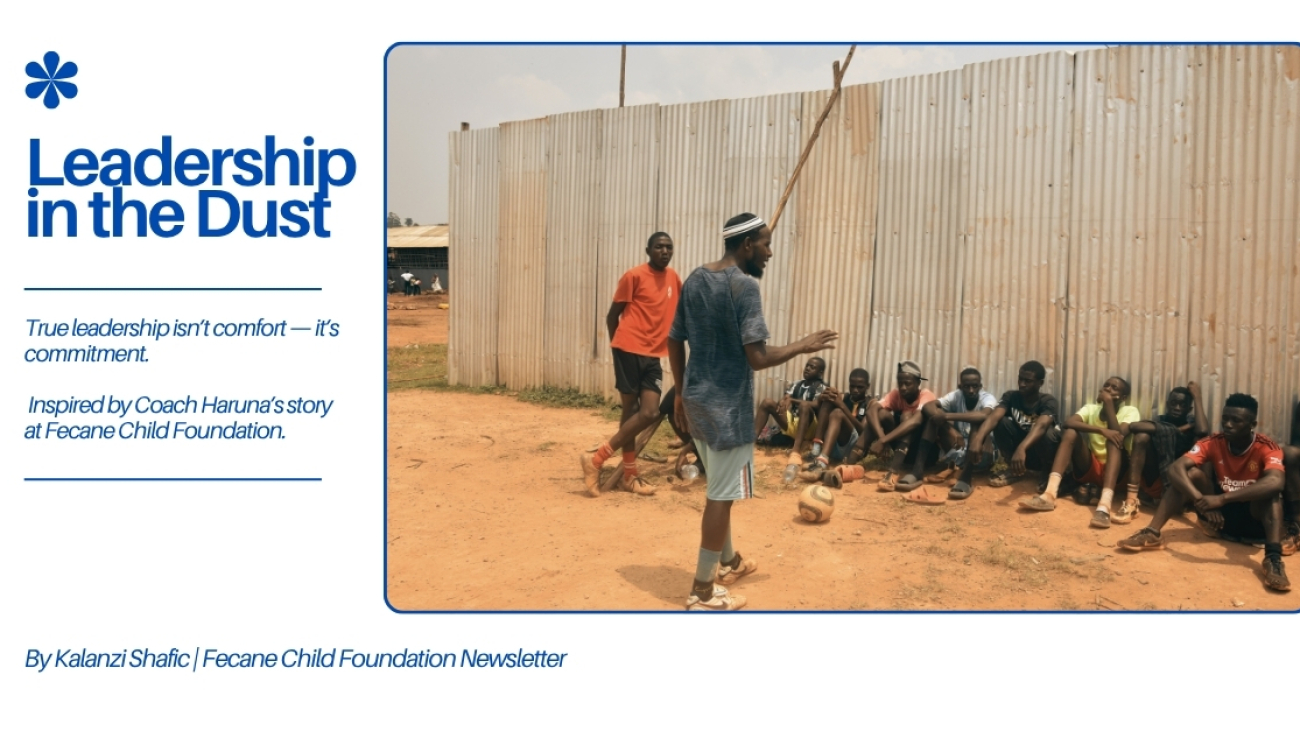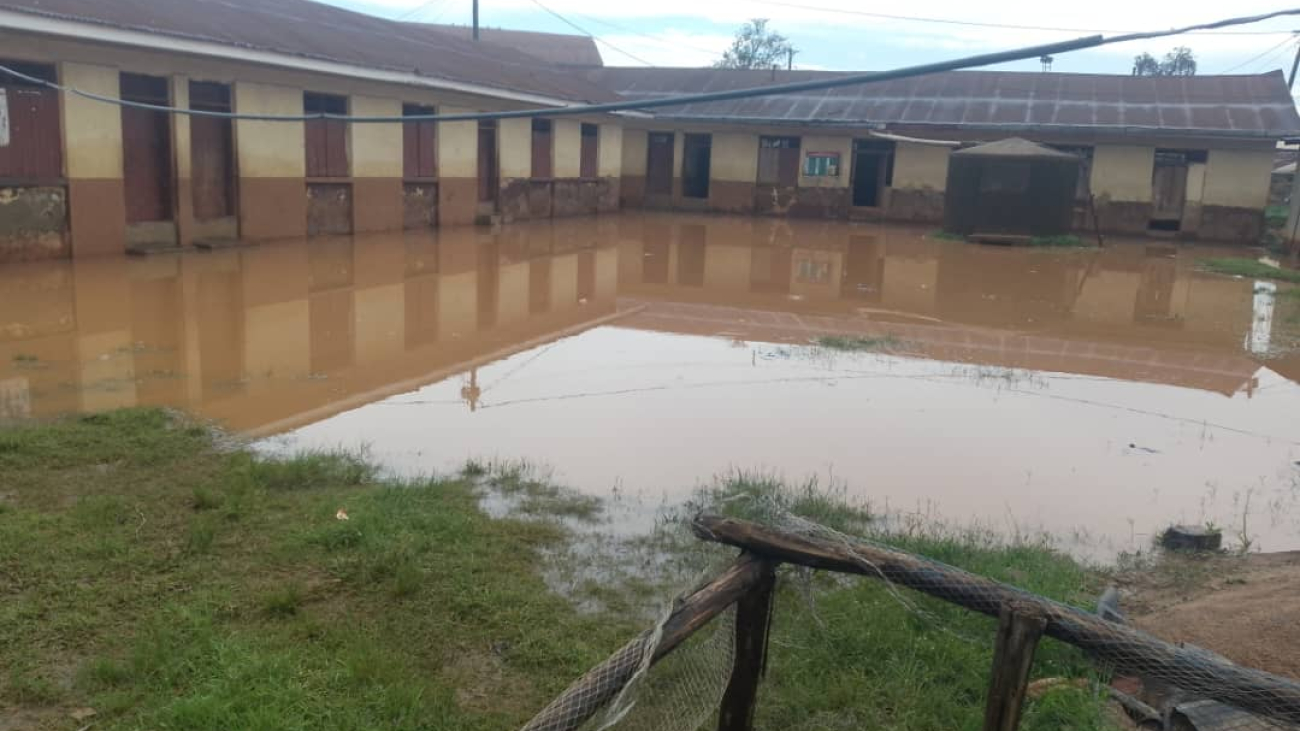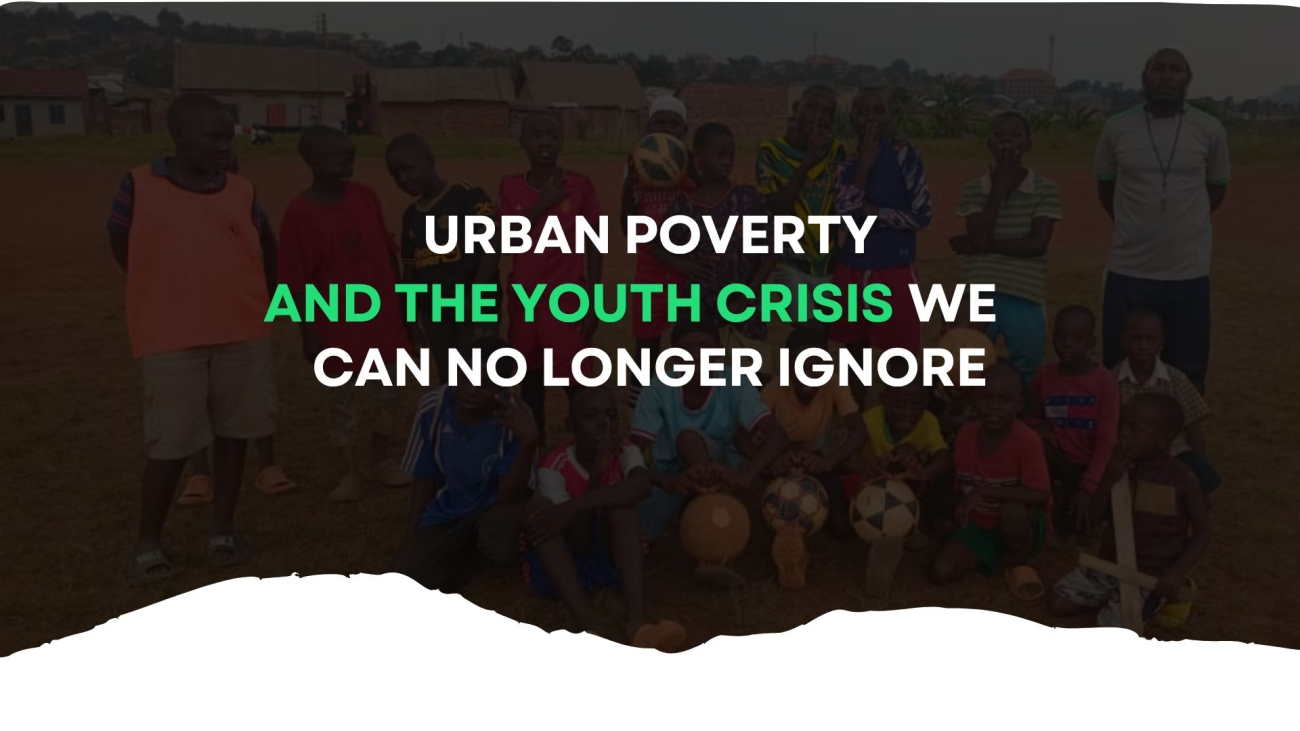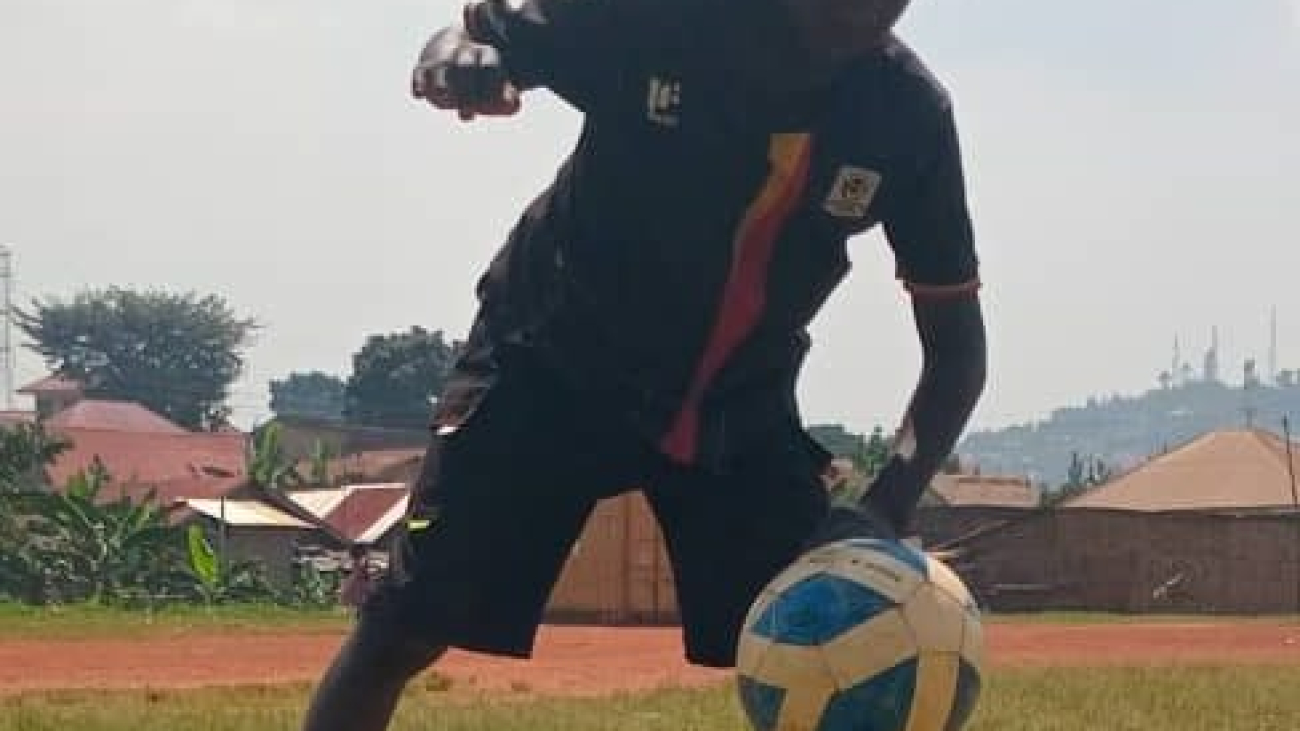Transforming Slum Youth Through Football & Education | Building Uganda’s Next Generation of Leaders
November 11, 2025
For decades, the word charity has been associated with giving — food, clothes, money. But as I’ve learned walking through Uganda’s slums, charity that only gives can also quietly take away — dignity, ownership, and the belief that one can rise without waiting for help.
We don’t need more handouts. We need systems that rebuild humans from the inside out.
This is how we’re redefining charity at Fecane Child Foundation — one football, one mind-set, one restored dream at a time.
⚙️ 1. The Problem with Traditional Charity
Traditional charity focuses on relief — quick responses to immediate suffering. It’s necessary, but it’s not enough. A child may eat today, but still wake up tomorrow with no skill, no dream, and no identity beyond “the poor one who was helped.”
According to the World Bank’s 2023 Human Capital Report, over 60% of children in sub-Saharan Africa risk becoming “learning poor” — unable to read or understand by age 10. But the deeper crisis isn’t academic — it’s emotional and psychological. Poverty teaches dependency. It conditions young minds to believe that help must always come from outside.
That’s where charity must evolve — from rescuing to rebuilding.
🌍 2. Holistic Empowerment: The Fecane Approach
At Fecane Child Foundation, we’ve built our programs around one core belief: 👉 You can’t change a child’s life until you change how that child sees themselves.
Our holistic empowerment model combines sports, mentorship, education support, and emotional rehabilitation — turning charity into transformation.
Here’s how it works:
- Football as Therapy: Every match is a classroom. Kids learn discipline, teamwork, resilience — lessons that textbooks can’t always teach. We use structured training to rewire emotional responses and restore confidence.
- Mentorship as Mindset Change: Every child is paired with a coach or mentor who helps them build emotional vocabulary — to talk about pain, hope, and goals. Because before a child can dream, they must first feel safe.
- Education as Direction: We help reintegrate kids back into schools and vocational programs — linking learning to real-life purpose.
- Community Engagement: We don’t separate children from their parents. Instead, we work to rebuild trust between families and communities — because lasting change must include everyone.
This isn’t aid. This is architecture — building the human spirit again.
💡 3. Why This Shift Matters
Research from Harvard’s Centre on the Developing Child shows that consistent, supportive relationships are the single strongest predictor of resilience in children facing trauma. That means no donation alone can heal — only connection can.
When we treat charity as a transaction (“I give, you receive”), we miss the real goal — transformation.
Handouts end the moment they’re given. Empowerment continues long after the donor leaves.
And that’s why we measure success not by how many meals we distribute, but by how many lives sustain themselves after we’re gone.
🧠 4. Case Study: From Survival to Self-Reliance
One of our earliest participants, Brian, grew up in Kawala’s narrow streets — where crime and hunger shadow every corner. He joined our football sessions out of curiosity, not ambition. But over time, he became one of the most disciplined boys in the program — learning to manage frustration, focus on school, and support younger players.
Today, Brian is enrolled in a vocational training program and volunteers as a junior coach for new kids.
That’s not a charity story — that’s an empowerment story. And it’s what we aim to replicate across hundreds of children every year.
🌱 5. The Future of Charity Is Local and Leadership-Driven
Real change doesn’t come from parachuting solutions into poor communities. It comes from building local ecosystems of leadership — people who understand the pain, speak the language, and live the reality.
That’s why at Fecane, we’re training our own kids to become community coaches, youth mentors, and changemakers. Because the most powerful kind of help is help that stays.
When a child who once needed help becomes the one giving it — that’s when charity fulfills its purpose.
🤝 The Call to Redefine Giving
We don’t want sympathy. We want partnership. We don’t want to just raise funds — we want to raise futures.
If you’re a donor, partner, or professional who believes in systems over handouts, this is your invitation to join a model that’s working — built on evidence, emotion, and everyday commitment.
At Fecane Child Foundation, every ball, every book, and every session is part of a bigger design — to prove that hope, when structured, becomes a system of growth.
💚 Let’s Redefine Charity Together
👉 Invest in systems that outlast us.
👉 Support holistic programs that build capacity, not dependency.
👉 Join the movement to turn aid into empowerment.
Because the future doesn’t need more saviors — it needs strategists of compassion. And that’s what the next generation of change must look like.
“Charity is giving a man a fish. Empowerment is teaching him to fish. But true transformation is teaching him to believe he can own the lake.”
Let’s own the lake — together.

